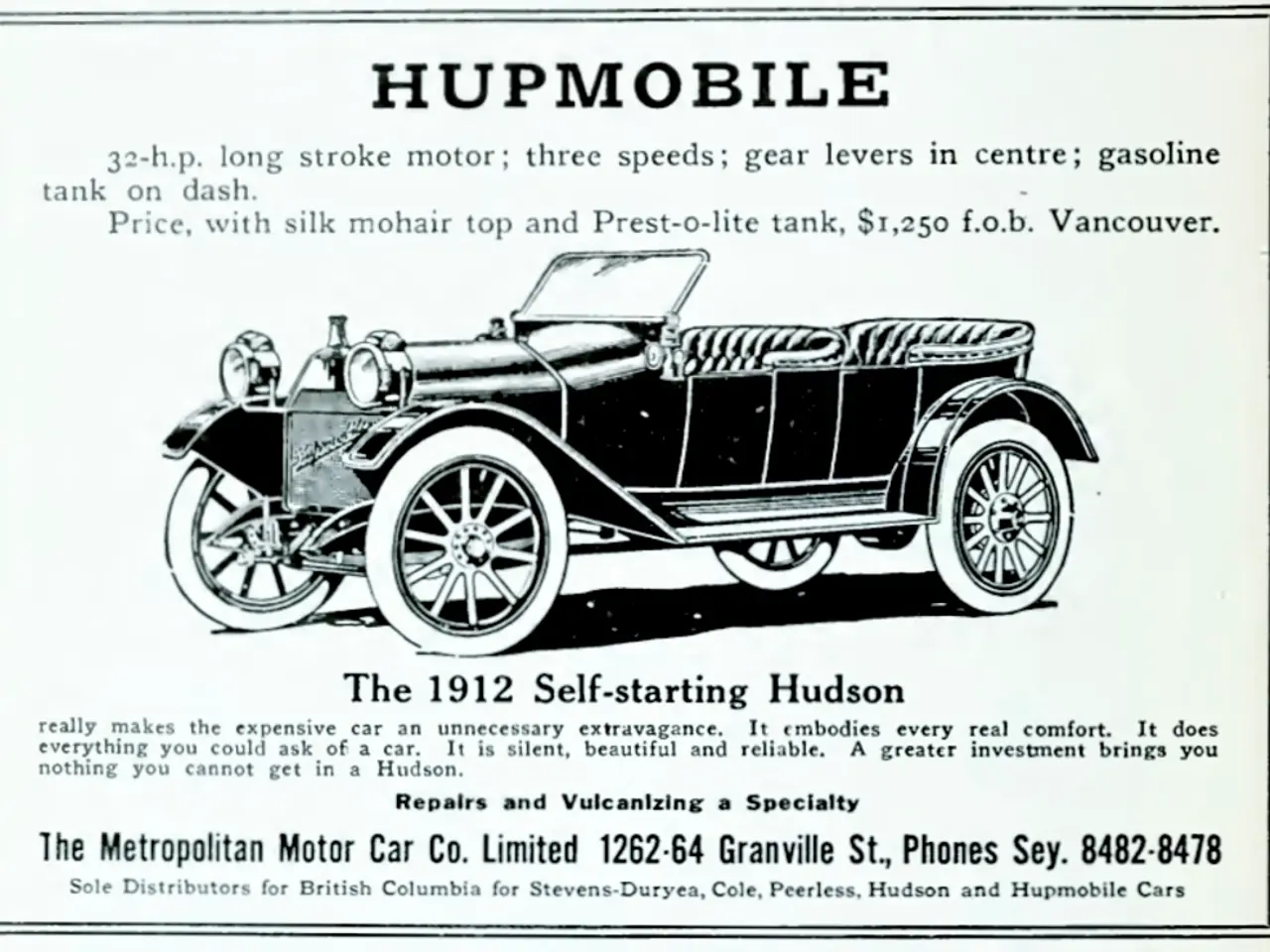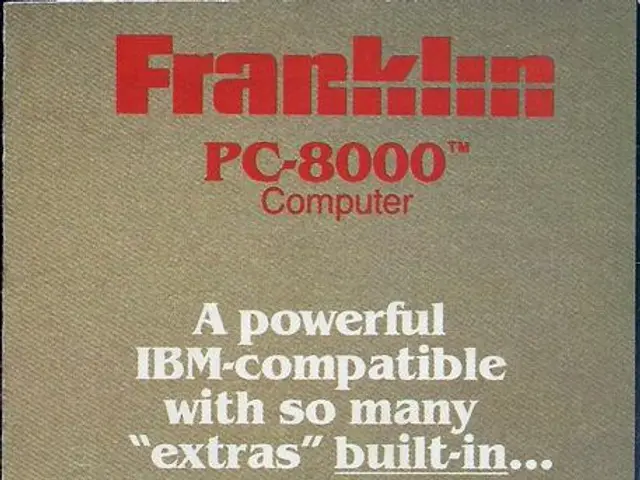Demonstration of BYD Seal V2G: Showcasing Vehicle-to-Grid Technology
In a groundbreaking development, Tom from Ludicrous Feed, an Australian-based tech enthusiast, has demonstrated a practical Vehicle-to-Grid (V2G) simulation using a stock BYD Seal Premium electric vehicle and an Infypower bidirectional inverter. This demonstration offers insights into the potential of bidirectional EV technology and the challenges that lie ahead for its widespread adoption.
**Setting the Stage**
The simulation involved integrating the BYD Seal Premium with an Infypower bidirectional inverter, showcasing the technical handshake process between the vehicle and the inverter, which is crucial for secure, efficient bidirectional power flow. This handshake ensures that communication protocols align, allowing the inverter to safely draw power from the car battery or supply power as needed for grid support or local use.
**V2L, V2G, and V2H: A Clear Distinction**
Tom's walkthrough emphasised the distinctions among the three bidirectional power modes: Vehicle-to-Load (V2L), Vehicle-to-Home (V2H), and Vehicle-to-Grid (V2G). V2L refers to power supplied from the EV to local appliances or loads directly, such as powering tools or home devices without grid involvement. V2H involves the EV supplying energy to a home's electrical system, often during grid outages or peak periods, reducing home energy costs. V2G, on the other hand, sees the EV returning electricity back to the grid, potentially providing grid services like demand response or frequency regulation, allowing the vehicle owner to earn revenue or reduce electricity bills through wholesale market participation.
**Off-Grid Use: A New Frontier**
The demo explored off-grid scenarios where the BYD Seal's battery supports a home or site independently of the main electricity grid, demonstrating the flexible utility of bidirectional inverters in energy resilience and autonomy.
**Wholesale Pricing Potential: A Financial Boost**
The talk also included commentary on wholesale electricity pricing opportunities, mentioning Amber—a platform that enables access to wholesale electricity prices in Australia. By feeding power back to the grid during high-price periods, vehicle owners could potentially benefit financially, turning their EV into a distributed energy resource.
**OEM Warranty: A Looming Concern**
A notable issue highlighted is the ambiguity regarding original equipment manufacturer (OEM) warranties when using bidirectional chargers in Australia. As this technology is emerging, manufacturers have not universally clarified their stance on whether V2G use affects the EV warranty. This poses a barrier to adoption, as owners are cautious about voiding warranties while exploring V2G benefits. Clear policies and communication from OEMs are needed to build consumer confidence.
In summary, this practical demonstration represents a significant step toward understanding and adopting bidirectional EV technologies in Australia, highlighting both the technical capabilities and the policy or market challenges that need to be addressed for widespread use. The future of bidirectional EV technology in Australia is promising, with potential benefits such as energy resilience, financial returns, and grid support. However, addressing concerns like OEM warranty clarity is essential to encourage widespread adoption.
| Aspect | Details | |---------------------------|-----------------------------------------------------------------------------------------| | Vehicle | Stock BYD Seal Premium | | Inverter | Infypower bidirectional inverter | | Setup | Physical and software integration enabling two-way power flow with handshake protocols | | V2L | EV supplies power directly to external loads without grid | | V2H | EV powers home during peak/off-grid conditions | | V2G | EV feeds energy back to grid, enabling grid services & potential financial returns | | Off-grid Use | Supports home/site electricity independently of main grid | | Wholesale Pricing Potential| Access via platforms like Amber to capitalize on time-varying electricity prices | | OEM Warranty | Lack of clarity on warranty impacts from V2G use in Australia |
- Tom's demonstration, using an electric vehicle (BYD Seal Premium) and an Infypower bidirectional inverter, provides a clear vision of how technology can integrate in our lifestyle, especially with the rise of cars like electric vehicles and innovations like bidirectional inverters, which can power homes, grids, or even function off-grid.
- The Vehicle-to-Grid (V2G) simulation not only showcases the potential benefits of electric-vehicles for grid support and frequency regulation, potentially earning vehicle owners revenue or reducing electricity bills, but also highlights the challenges that lie ahead, such as OEM warranty concerns, which need to be addressed for widespread adoption of this technology in Australia.




